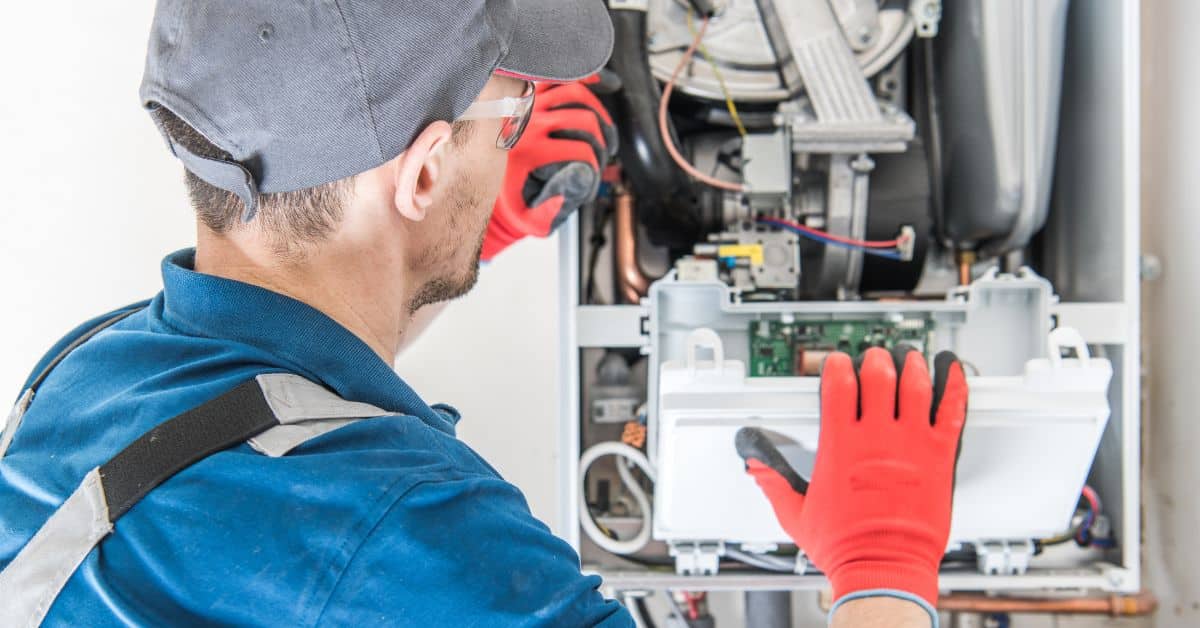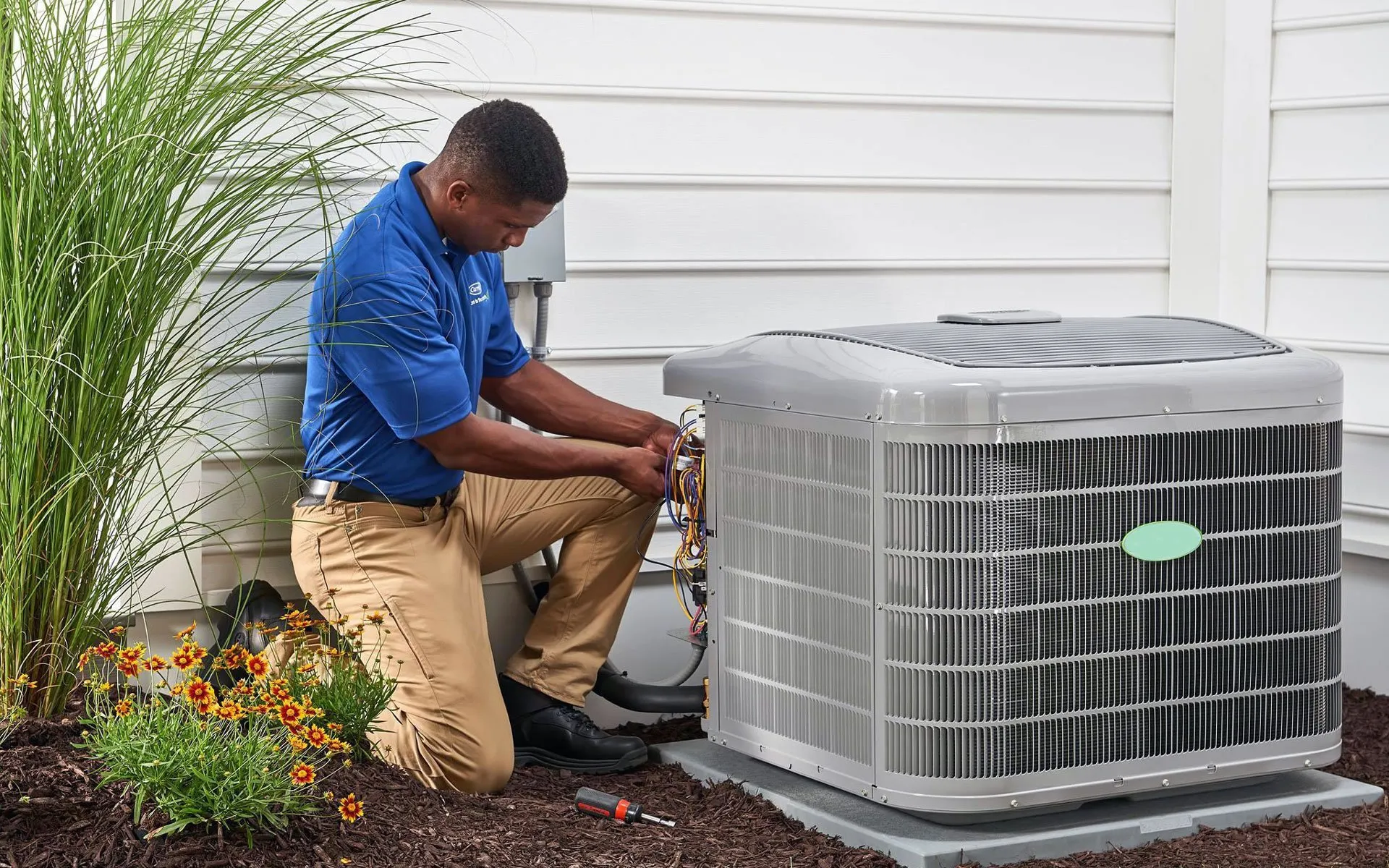The Ultimate Guide to Troubleshooting Common A/c and Air Conditioning Issues
Property owners typically experience different problems, from not enough cooling to complicated noises emanating from their devices. Identifying when an issue goes beyond basic treatments can be similarly vital.
Typical Heating And Cooling Issues
Identifying usual cooling and heating issues is vital for keeping a comfortable indoor environment. Property owners frequently come across issues that can disrupt home heating, ventilation, and a/c systems. One widespread issue is poor air movement, which may arise from stopped up filters, obstructed air ducts, or malfunctioning followers. This can bring about unequal temperatures and raised energy consumption.
An additional frequent concern is refrigerant leakages, which endanger the performance of a/c devices. Insufficient cooling agent levels can create systems to struggle in cooling rooms, resulting in greater functional costs and possible lasting damage. Additionally, thermostat breakdowns can result in improper temperature policy, creating discomfort and excessive energy use.
Resolving these issues quickly is crucial to avoid additional damages and guarantee optimal system performance. Routine maintenance and timely medical diagnosis of these usual Heating and cooling problems can substantially improve the reliability and efficiency of home heating and cooling systems, ultimately contributing to a much more comfy living atmosphere. HVAC Farmington MO.

Indications of Air Conditioning Concerns
Recognizing the indications of a/c concerns is essential for ensuring optimum performance and convenience in your home. Among the most instant indicators is inadequate cooling; if your AC unit is not giving the expected level of cooling, it can represent low refrigerant levels, a failing compressor, or clogged up filters. Additionally, if you observe unusual sounds-- such as grinding, squealing, or rattling-- this may indicate mechanical troubles that call for punctual interest.
One more vital indicator is an increase in energy expenses without a corresponding change in use. This inadequacy often points to underlying problems, such as dirt buildup in the coils or ductwork leaks. If you detect unpleasant odors originating from the device, it could be a sign of mold development or electric issues, both of which require prompt examination.
Lastly, constant biking on and off, called short-cycling, can show issues with the thermostat or an incorrectly sized device. By being vigilant concerning these signs, you can resolve AC issues early, guaranteeing a comfortable setting and lengthening the life of your cooling system.
Step-by-Step Troubleshooting
When your air conditioning system begins to underperform, it's vital to damage down the fixing procedure into workable steps. If the setups are correct, check the air filter; a filthy or clogged filter can substantially hinder airflow and efficiency.
Following, analyze the circuit breaker or fuse box for tripped breakers or blown fuses. If the breaker has actually stumbled, reset it, yet watch on it; if it trips again, there might be a much deeper electric issue.
Evaluate the exterior unit for debris, such as fallen leaves or dust, which can block airflow. Guarantee the unit is clear which the fins are not curved.
Preventive Upkeep Tips

Throughout these inspections, technicians can identify and address prospective concerns before they escalate. Additionally, important source replace air filters every 1-3 months to boost air quality and system performance.
Keep the outside device free from particles, such as fallen leaves and dirt, which can prevent air movement. Trim bordering greenery to preserve a minimum of two feet of clearance (air conditioner repair). Examine and clean the condensate drainpipe to prevent water damages and mold development
Evaluate insulation around air ducts, ensuring it stays intact to stop power loss. Consider a programmable thermostat to enhance energy use according to your timetable.
Lastly, monitor your system's performance consistently, keeping in mind any kind of unusual sounds or changes in temperature. Aggressive actions are navigate to this website crucial in maintaining an effective cooling and heating system, inevitably resulting in lower energy bills and enhanced comfort.
When to Call a Professional
Knowing when to call a specialist for HVAC problems can save you time, money, and unneeded stress and anxiety. While some small problems might be fixed with DIY troubleshooting, specific signs indicate that experienced intervention is essential. If you experience inconsistent temperature levels throughout your home, unusual noises from your a/c system, or relentless smells, it is vital to look for expert help.
In addition, if your system fails to start or regularly cycles on and off, these may be symptoms of even more serious underlying problems that require specialized knowledge and devices (furnace repair). Refrigerant leakages, electric breakdowns, or problems with the compressor can make complex fixings and may position safety risks
One more critical aspect is the age of your system. If your HVAC unit mores than 10 years old and exhibits repetitive concerns, speaking with a professional for an extensive evaluation can assist figure out whether repair or replacement is more cost-effective. Furthermore, if you do not have the convenience or experience to deal with complex repair services, it's sensible to count on a qualified technician.
Ultimately, focusing on safety and security and effectiveness is paramount. When in question, err on the side of caution and contact a professional to ensure your heating and cooling system runs efficiently.
Conclusion
In verdict, efficiently troubleshooting common HVAC and page A/c issues calls for an organized technique to identify problems, apply step-by-step solutions, and prioritize precautionary maintenance. Recognizing indications of breakdown can stop small issues from escalating right into considerable repairs.